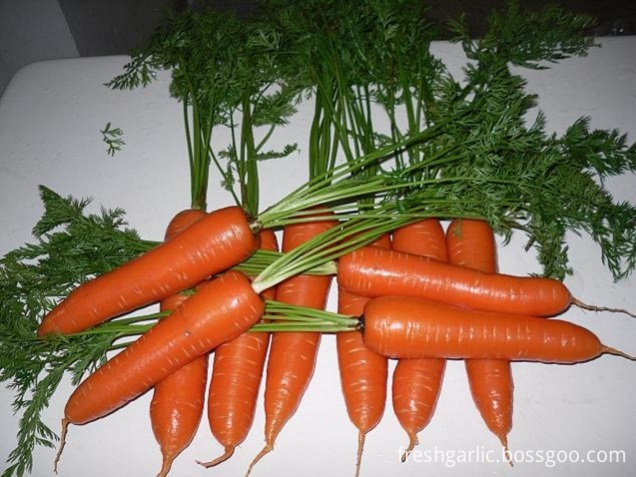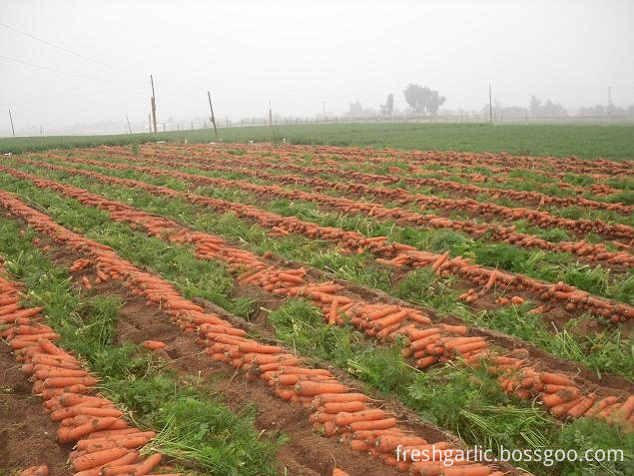The dollar spot is a leaf disease that infects most turfgrasses. Before 2006, there were few large-scale occurrences of dollar spot disease in northern stadiums. However, in recent years, the extent and harm of the disease have suddenly increased. In particular, bentonelles and bluegrass have caused damage to many stadiums. , becoming one of the major diseases on the lawns of the northern stadium. Because of its repeatability, it greatly increases the difficulty of prevention and control.
The dollar spot disease is a disease caused by a fungus (Lanzia spp. or Moellerodiscus spp., formerly named Sclerotiniahomoeocarpa). On lawns with fine texture and frequent trimming (such as creeping bentgrass), the disease forms round, concave, light brown Or straw-colored small patches, such as the size of a coin, when the damage is serious, the plaques will occur in groups and become large irregular weeds (Figure 1). On lawns with thick leaves and high clipping height (such as Poa pratensis) (Fig. 2), lesions are irregularly shaped and are easily confused with other diseases, but they can be diagnosed by diseased leaves. The leaves that infect the dollar spot first appear as immersed chlorotic spots that gradually spread out from the edges of the leaves. When the leaves dries out, they form bleached white or straw-colored spots with red-brown edges (Figure 3). In the early morning with dew, white, floc, or spider-like hyphae appear on the affected lawn (Figure 4), and the mycelium disappears after drying.
The banknote pathogen exists in the form of mycelium in the infected strain. The pathogen can be transmitted by mechanical equipment, personnel, animals, wind or currents, and is usually spread radially from the infected individual plant. The disease can occur from early spring to late autumn. The onset temperature ranges from 10°C to 32°C, but the bacteria are most active in the 21°C to 29°C range. As long as the nighttime condensation (with dew for more than 8 hours), the hyphae The body can grow and infect turfgrass.
In the environment of soil drought and nitrogen deficiency, the occurrence of dollar spot disease will increase significantly.
After discovering and confirming the currency spot disease, the first strategy is to spray the fungicide to control it. As the currency class disease is a new type of disease in the northern stadium, many courts have taken a lot of detours in the selection of fungicides. Actually, azoxystrobin (Amisida, painted green), Jin Lei Duo Mier, and anti-virus drugs The effect of spot disease is not obvious. Triazoles (such as propiconazole, triadimefon), ketorol, and iprodione have a good therapeutic effect on dollar spot disease.
In practical applications, the author found that the effect of compounding is more pronounced. The compounded agent can provide a broader spectrum of bactericidal effect, reduce the resistance of turfgrass to fungicides, and reduce expenses such as propiconazole and chlorhexidine. Qing (advised to use imported or large-scale pesticides to ensure therapeutic effect) halved their normal use doses, and then compounded tanks were used to prevent and control dollar spot disease. The effect was very significant (also has very good effect on brown spot). Sustainable for 28 days or so. 21 days after the initial use, spraying again, can basically control the recurrence of dollar spot disease.
Spraying fungicides to control diseases is only part of the prevention and control strategy. To maintain the quality of turf for a longer period of time and prevent it from being infected by dollar spot disease, other aspects need to be improved. The following measures can be taken:
When choosing disease-resistant grass species at the new stadium or supplementary seeding, consider adopting disease-resistant varieties of the same grass species, such as T-1 and L-93 in bentgrass and midnight in meadow grass. (Nidnight), Nglade, etc. (Specific data can be found in the U.S. turfgrass evaluation system data: "http://">), to reduce the occurrence of dollar spot disease from the source and reduce the maintenance cost in the later period. .
Maintaining sufficient nitrogen in the soil Because the dollar spot disease is more severe on lawns lacking in nitrogen fertilizer, a small amount of multiple application of nitrogen fertilizer will be beneficial to the control of the disease, reduce the severity of the disease outbreak, and help to improve the effectiveness of fungicides. Promote rapid recovery of the lawn. However, in practical applications, it is necessary to pay attention to nutrient balance and avoid excessive application of nitrogen fertilizer to cause other diseases.
Reasonable irrigation according to the need to adjust the frequency and time of irrigation, will contribute to the control of dollar spot disease, due to the length of the dew is closely related to the degree of pathogen infection, any irrigation measures to increase the turfgrass condensation time will be conducive to the occurrence of the disease development of. In the occurrence season of dollar spot disease, we should try to avoid irrigating lawns in the evening and use the best irrigation at midnight or early morning. It is advisable to use a small amount of irrigation, but avoid excessive drought. In the early morning with dew, the dew on the lawn should be promptly removed to reduce the occurrence of disease.
Other measures such as reducing the thickness of the weed layer by drilling and sand-covering operations, alleviating the compaction of the soil, promoting the ventilation of the surface of the turf, reducing shading, and increasing the height of clippings are all conducive to reducing the occurrence of dollar spot disease.
Our garlic products also include various kind of deydrated Garlic Powder,garlic flakes, fresh and frozen Peeled Garlic,Garlic Braids,etc. besides garlic, we can supply a variety of other local agricultural products,such as carrot, giner,onion,potato,etc.
1. Commodity name: Fresh Carrot
2. Feature: washed, polished, no mechanical damage, bright red color3. Size: 80-150g; 150-200g; 200-250g; 250-300g
4. Packing:
1) 9kgs/carton, 10kgs/carton, 20kgs/carton with inner plastic bag
2) according to the clients' requirements.
5. Supply Period:
a) Spring season: From March to July
b) Autumn season: From October to December
6. Conveyance: 26-30MT/40' HR (loading quantity depending on packing)
7.Transporting and storing temperature: 0°C


Fresh Carrot
Fresh Carrot,Bulk Fresh Carrot,Fresh Red Carrot,Fresh Organic Carrots
JINING FORICH FRUITS & VEGETABLES CO., LTD. , https://www.forichgarlic.com